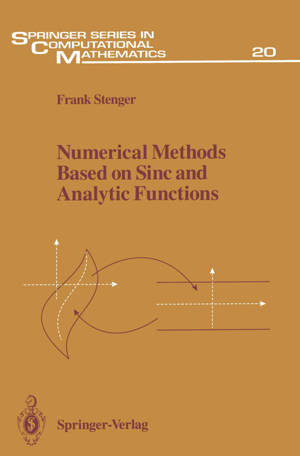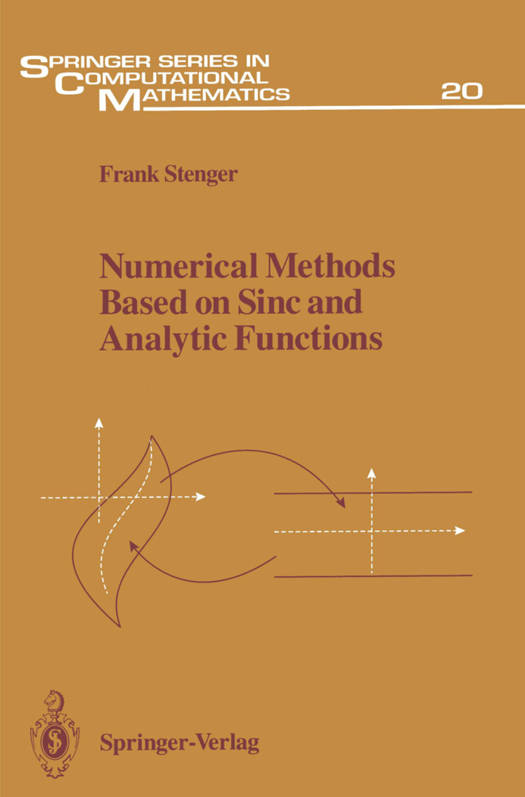
Door een staking bij bpost kan je online bestelling op dit moment iets langer onderweg zijn dan voorzien. Dringend iets nodig? Onze winkels ontvangen jou met open armen!
- Afhalen na 1 uur in een winkel met voorraad
- Gratis thuislevering in België vanaf € 30
- Ruim aanbod met 7 miljoen producten
Door een staking bij bpost kan je online bestelling op dit moment iets langer onderweg zijn dan voorzien. Dringend iets nodig? Onze winkels ontvangen jou met open armen!
- Afhalen na 1 uur in een winkel met voorraad
- Gratis thuislevering in België vanaf € 30
- Ruim aanbod met 7 miljoen producten
Zoeken
Omschrijving
Many mathematicians, scientists, and engineers are familiar with the Fast Fourier Transform, a method based upon the Discrete Fourier Transform. Perhaps not so many mathematicians, scientists, and engineers recognize that the Discrete Fourier Transform is one of a family of symbolic formulae called Sinc methods. Sinc methods are based upon the Sinc function, a wavelet-like function replete with identities which yield approximations to all classes of computational problems. Such problems include problems over finite, semi-infinite, or infinite domains, problems with singularities, and boundary layer problems. Written by the principle authority on the subject, this book introduces Sinc methods to the world of computation. It serves as an excellent research sourcebook as well as a textbook which uses analytic functions to derive Sinc methods for the advanced numerical analysis and applied approximation theory classrooms. Problem sections and historical notes are included.
Specificaties
Betrokkenen
- Auteur(s):
- Uitgeverij:
Inhoud
- Aantal bladzijden:
- 565
- Taal:
- Engels
- Reeks:
- Reeksnummer:
- nr. 20
Eigenschappen
- Productcode (EAN):
- 9781461276371
- Verschijningsdatum:
- 17/09/2011
- Uitvoering:
- Paperback
- Formaat:
- Trade paperback (VS)
- Afmetingen:
- 156 mm x 234 mm
- Gewicht:
- 811 g

Alleen bij Standaard Boekhandel
+ 279 punten op je klantenkaart van Standaard Boekhandel
Beoordelingen
We publiceren alleen reviews die voldoen aan de voorwaarden voor reviews. Bekijk onze voorwaarden voor reviews.











